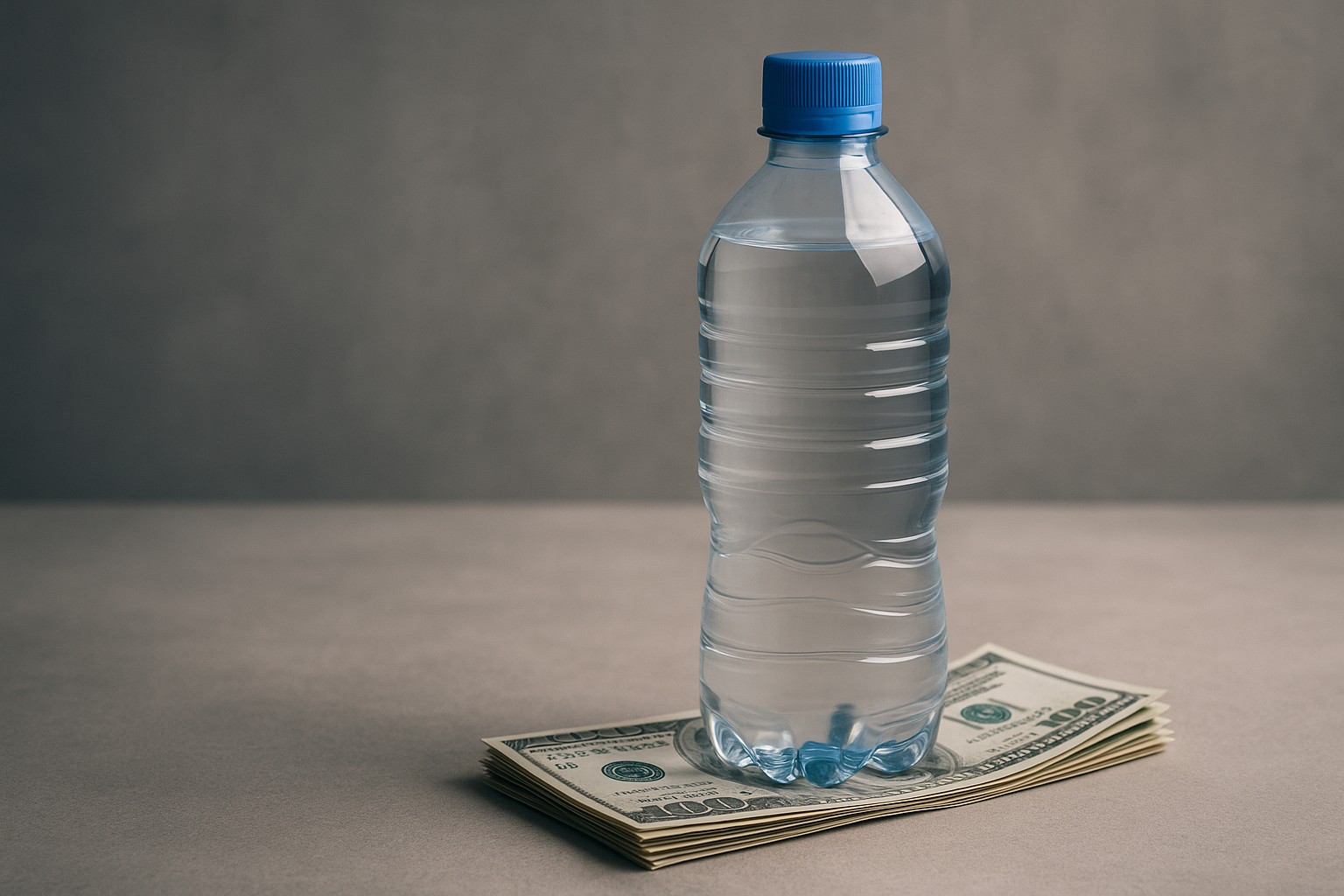Clean, safe drinking water is a top priority for Colorado homeowners, but the choice between bottled water and a reverse osmosis (RO) system can be confusing. Many households rely on bottled water, believing it to be a convenient and pure solution. However, as concerns about cost, environmental impact, and long-term health grow, more residents are evaluating the real implications of their water choices. This in-depth analysis explores the true costs of bottled water versus reverse osmosis systems, equipping you with the information you need to make an informed decision for your family and the environment.
Understanding Bottled Water Consumption in Colorado
The bottled water industry has seen significant growth in Colorado and across the United States. With increasing awareness of water quality issues and a desire for convenience, more people are turning to bottled water as their primary source of hydration. According to industry data, The Bottled water market in U.S. to hit $22.5 Billion by 2033. This growth reflects not only national demand but also local trends.
Nationally, bottled water consumption continues to rise.
In 2017, single-serve bottled water sales in the U.S. totaled $24.1 billion, with Americans drinking about 21 gallons per person annually.
While bottled water may seem harmless, its convenience comes with significant environmental and financial costs.
In addition, bottled water production in the U.S. requires 1.32 liters of water to produce 1 liter of bottled water,
including the ingredient water and facility processing. This means more water is consumed in making bottled water than the amount actually bottled — an inefficient use of resources, especially critical in Colorado’s semi-arid climate.
Water resource management is serious business in Colorado.
The Colorado Water Conservation Board
works to protect and develop the state’s water resources. As population and demand grow, efficient use is more vital than ever.
Cost Analysis: Bottled Water vs. Reverse Osmosis Systems
One of the biggest differences between bottled water and reverse osmosis filtration is cost. While bottled water may appear inexpensive at first, the ongoing expenses add up quickly.
- Bottled Water: The average price per gallon of bottled water ranges from $1.00–$2.00. For a family of four drinking about 0.5 gallons per person per day (around 60 gallons per month), at $1.50 per gallon that’s $90 per month or $1,080 per year. Over five years, the family spends roughly $5,400.
- Brita PRO Reverse Osmosis System: A high-quality residential RO system, including installation, costs about $1,078. Annual operating costs (replacement filters and minimal water waste) average $127 per year. Over five years, the total cost is approximately $1,713.
Five-Year Comparison:
- Bottled Water: $1,080 × 5 = $5,400
- Reverse Osmosis System: $1,078 + ($127 × 5) = $1,713
That’s a savings of nearly $3,700 over five years — and your RO system continues providing pure water long after the initial investment. Plus, RO users enjoy unlimited filtered water directly from the tap with no trips to the store or bulky cases to store.
For more details, visit our reverse osmosis product page to explore system options for Colorado homes.
Environmental Impact Comparison
Beyond cost, the environmental impact of bottled water is significant. The production process is resource-intensive — it takes more water to make a bottle of water than to fill it. Bottling, shipping, and refrigeration all consume energy and add to carbon emissions.
Plastic waste compounds the issue. Most single-serve bottles are made of PET plastic, and while technically recyclable, less than 30% are actually recycled in the U.S. Millions of bottles end up in landfills or waterways, contributing to microplastic pollution and harming wildlife.
Reverse osmosis systems, by contrast, generate far less waste. While standard RO units discharge 1–3 gallons of flush water per gallon of purified water, this is minimal compared to the environmental toll of bottled water production. And with an RO system, you can use refillable bottles—cutting single-use plastic entirely.
In a state like Colorado, where conservation is central to long-term sustainability, RO systems align with water-smart living and local conservation efforts promoted by the Colorado Water Conservation Board.
Health and Safety Considerations
Many consumers believe bottled water is safer, but that’s not always true. Bottled water is regulated by the FDA, while municipal tap water (used in RO systems) is regulated by the EPA. Both must meet standards, but quality varies widely depending on the source and storage.
Reverse osmosis filtration removes chlorine, lead, arsenic, nitrates, PFAS, pharmaceuticals, microplastics and many organic compounds, providing highly purified water. When maintained properly, RO systems deliver water quality that consistently exceeds bottled water standards.
By contrast, bottled water stored in hot or sunny environments may degrade and release microplastics. RO water is produced fresh on demand, avoiding those risks.
Conclusion
The choice between bottled water and a reverse osmosis system affects your wallet, health, and the planet. For Colorado homeowners, a reverse osmosis system provides:
- Long-term cost savings
- Reduced environmental footprint
- Consistent, on-demand purification
As Colorado continues to prioritize water conservation and sustainability, switching to reverse osmosis is a practical and responsible decision for families who want clean, safe, and sustainable water every day.
Learn more about our custom RO systems and installation options at https://aquaserve4u.com.


